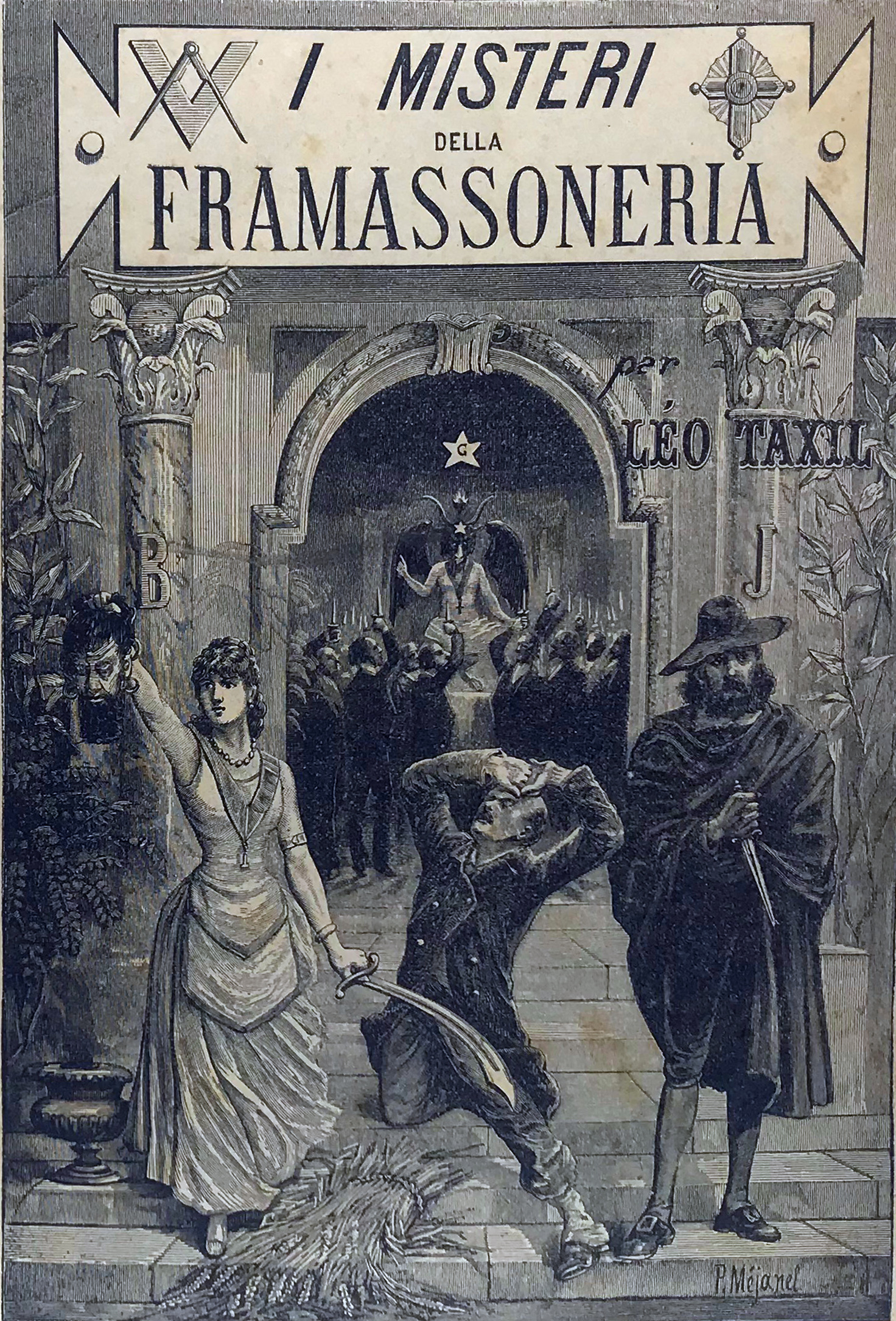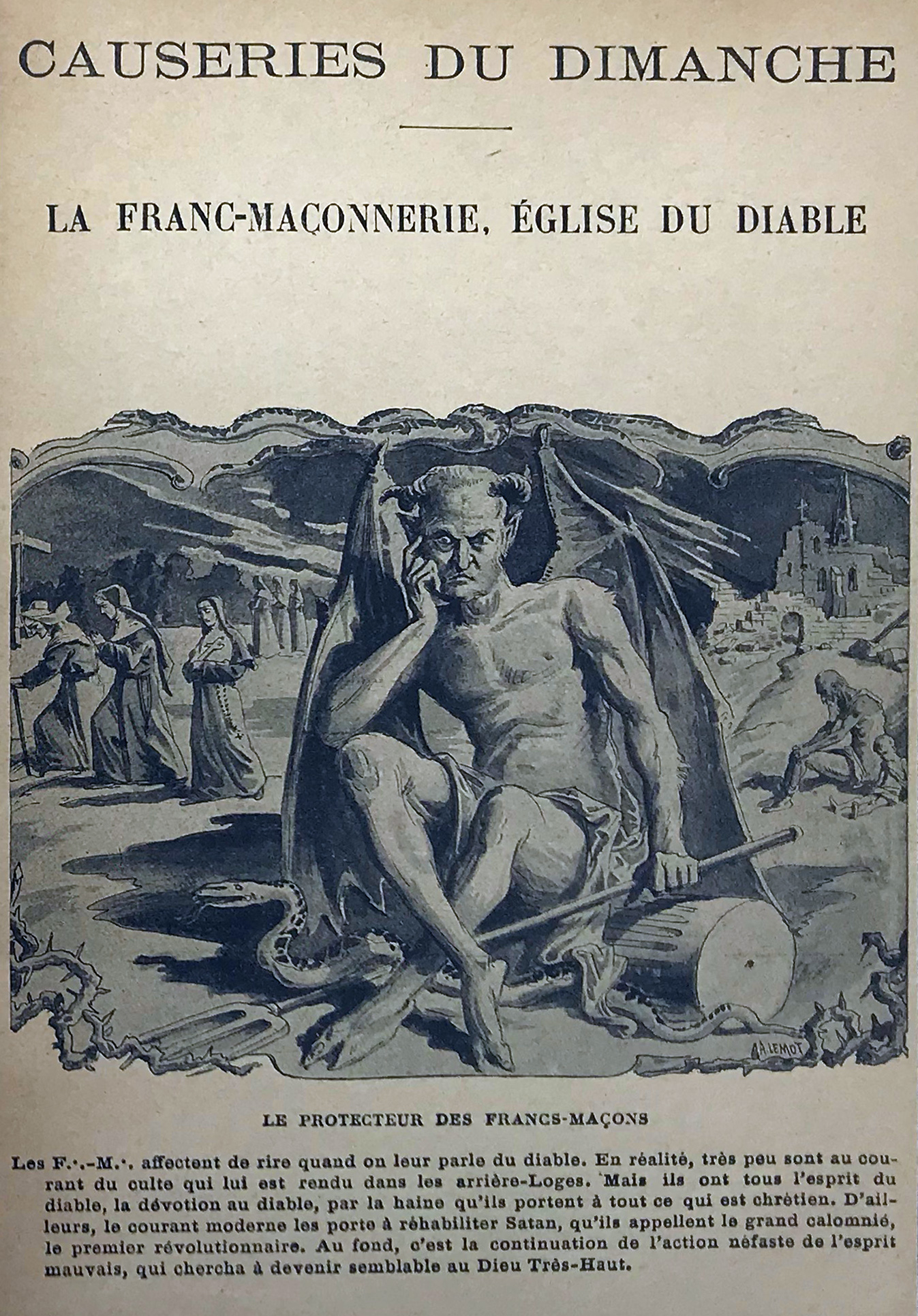Sex and Freemasonry


Some of our latest news
Sex and Freemasonry
It is generally believed that the traditions of the Freemasons date back to ancient mysteries. These mysteries were attempted to be understood and recreated by young Renaissance Europe, which had nurtured speculative Freemasonry by the 17th century. "Masons" not only built temples but also kept secrets about how these temples should work. This is why Freemasons have always been suspected of sacred sacrifices and other manipulations of human consciousness and energies. Among these suspicions, one of the most prominent themes is sex.

As is well known, ancient society did not push eroticism in all its manifestations out of culture: from same-sex relations between teacher and pupil, common among philosophers, to collective sex during mysteries and temple prostitution.
The very word orgy (ὀργή) means passion, anger, and the desire for revenge. It refers to the Greek myth, according to which Demeter has similar feelings towards Zeus for agreeing to give his brother Hades the goddess Persephone's daughter. After losing her daughter Persephone, Demeter, the goddess of fertility, became fierce and desperate, causing famine on Earth. The orgy is a way to placate the goddess, relieve this tension and help the earth to produce a harvest.
The ritual goes back to the very first rites when it was necessary to ritually have sex in the fields in springtime. Incidentally, the precursor to the myth of Demeter and Persephone, the Assyrian myth of Ishtar and Tammuz, gave its name to the summer month of Tammuz, which corresponds to the fourth month of the Jewish calendar. In Iraq and Syria, the word Tammuz is used to refer to July. It is at this time, according to Assyrian myth, that Ishtar, the goddess of fertility, descends into the underworld to replace her husband Tammuz.
Thus, the source of beliefs about orgies in Freemasonry is the unconscious belief that Freemasons are linked to ancient cults and fulfill certain functions necessary in the context of natural processes traditionally associated with the medieval notion of evil and the devil.
This image of the enemy of Christianity is filled, among other things, with ancient pictures of Dionysian mysteries, bacchanalia, also associated with sexual debauchery and the notion of Dionysus-Bacchus or goat-headed Pan himself, who became one of the prototypes of Satan in Christianity.

Of course, the archetype of the "enemy of mankind" associated with various sacrifices - bloody and sexual - is much older than the Christian tradition. In Semitic mythology, such a character is Baal, the enemy of humans, who became such after a series of Jewish religious reforms that forbade human sacrifice and reduced everything to monotheism.
Accordingly, the heir of the Abrahamic religions - Christianity, especially after the split of the Reformation - is a convinced opponent of Freemasonry. At the same time, in the Reformed churches, we find many priests who were well-known Freemasons. But the pope's Church from the early years of Freemasonry has been communicating against the brotherhood, and the most radical priests accuse Freemasons of links with Zionists, Satanists and go as far as suspicions of orgies and sacrifices.
Here it should be noted that suspicion and hatred of the Freemasons, associated with moral violations, bordering on fear of their mystical power and knowledge, which is most often the impetus for the search for contacts with the Masons and the desire to join the organization. Of course, such seekers are inevitably disappointed.
(Illustrations from the collection of the "Anti-Masonic" hall of the Riga Museum of World Freemasonry.)
 Museum
Museum